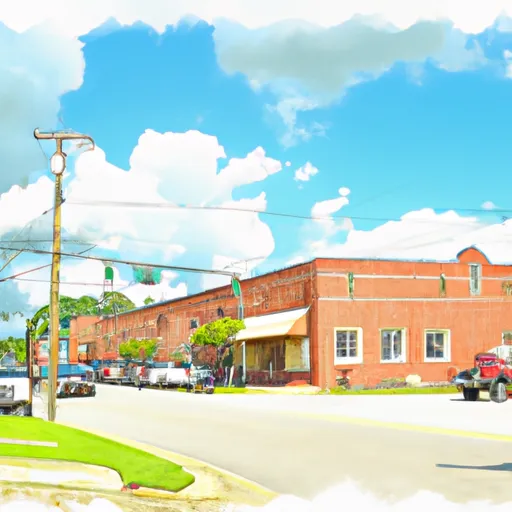°F
°F
mph
Windspeed
%
Humidity











Millerville, Alabama, is a small town located in Clay County, nestled in the heart of the state. The climate in Millerville is characterized as humid subtropical, with hot and humid summers and mild winters. Average high temperatures in the summer months range from the upper 80s to low 90s, while the winter sees average highs in the mid-50s. Precipitation is distributed evenly throughout the year, with the wettest months being March and December.
Millerville benefits from its proximity to the Tallapoosa River, which provides ample hydrology constituents for the area. The river serves as a natural water source and offers opportunities for fishing, boating, and other water activities. Additionally, there are several creeks and ponds in the vicinity that contribute to the town's hydrological landscape.
Outdoor enthusiasts will find a variety of recreational opportunities in Millerville. The town is surrounded by scenic countryside, making it an ideal location for hiking, camping, and bird watching. The Talladega National Forest, located nearby, offers miles of trails for hiking and mountain biking, as well as opportunities for hunting and fishing. With its pleasant climate and abundant natural resources, Millerville is a haven for those who enjoy outdoor activities and the beauty of nature.
Weather Forecast
Millerville receives approximately 1412mm of rain per year, with humidity levels near 86% and air temperatures averaging around 16°C. Millerville has a plant hardyness factor of 7, meaning plants and agriculture in this region tend to thrive during the non-winter months.
Regional Streamflow Levels
35
Cubic Feet Per Second
110
Cubic Feet Per Second
373
Cubic Feet Per Second
78
Cubic Feet Per Second
Nearby Camping
| Camping Area | Reservations | Toilets | Showers |
|---|---|---|---|
| Pine Log State Forest | |||
| Anniston Army Depot RV Military | |||
| Wind Creek State Park | |||
| Turnipseed Hunter Camp | |||
| Lake Martin Military | |||
| Lake Chinnabee |



